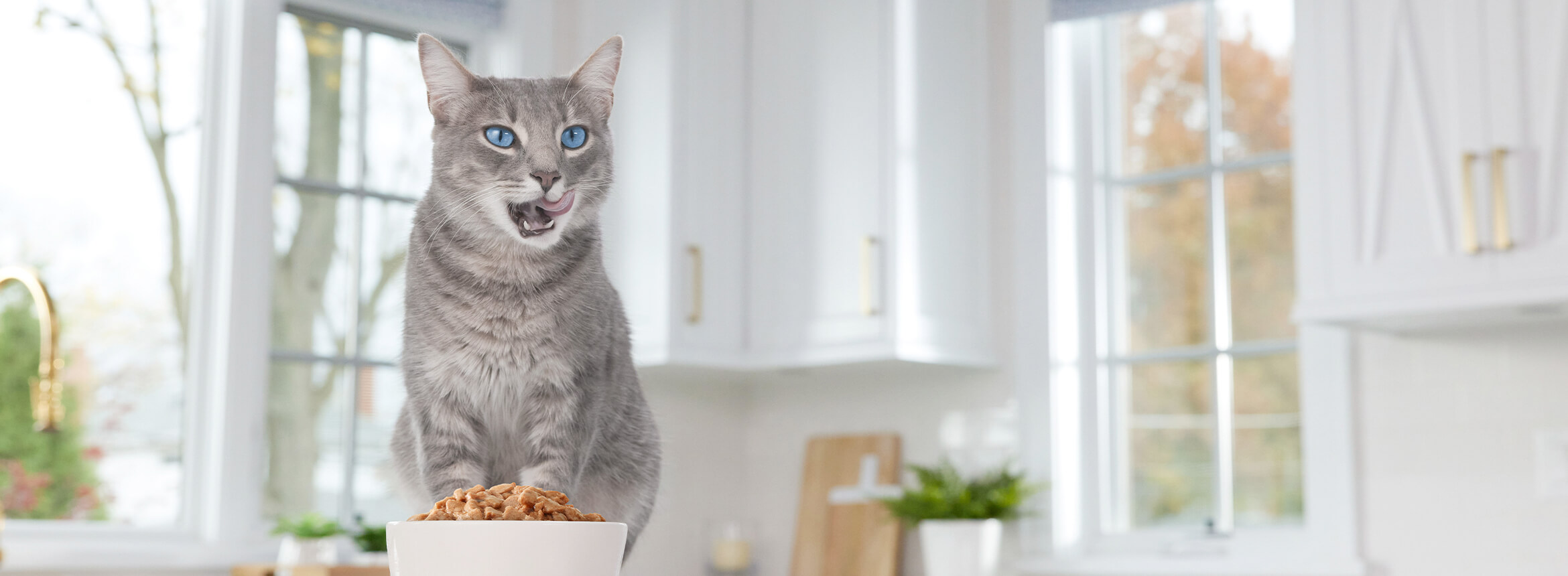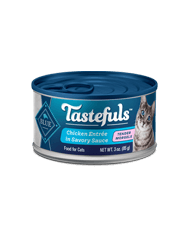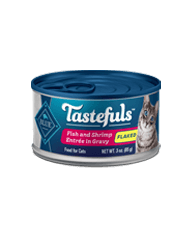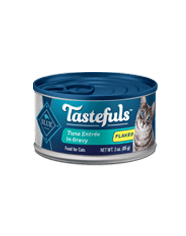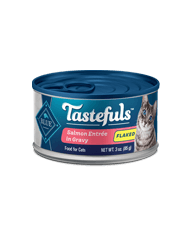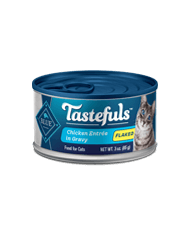What Does Feeding Wet Food Do for Your Cat?
Cats aren’t hydrophobic by nature; in fact some like getting wet, but for some reason felines tend not to drink as much water as they should. Some say it’s because their ancestors came from deserts where the only available water source was from prey; after all, mammals’ bodies are 70% water.
Whatever the reason, ensuring your cat gets enough water in her diet is extremely important. Here’s how wet cat food can help.
1. More H2O
Water is a universal life force. Cats who don’t get enough water can become chronically dehydrated, which can lead to frequent kidney problems, bladder disease when crystals and stones form in their urine, and cystitis, an inflammation of the bladder.
Dry cat food has about 6% to 10% water content compared to wet cat food, which has a high moisture content of 75% to 78% water, which can help cats meet their daily hydration needs.
If possible, start feeding premium canned cat food as part of a complete diet when your cat is a kitten. Small kittens often can’t chew dry cat food easily because their teeth are tiny. Wet cat food is easier for them to eat and helps them get the proper nutrition they need for healthy growth.
Feed your kitten wet cat food twice a day in addition to her dry food. Of course, keep fresh water in a bowl by her food as well. Naturally, always ask your veterinarian to recommend the right diet for your cat’s current age, condition and lifestyle.
2. Protein-Rich Cat Food Nutrition
Felines are obligate carnivores, which is just a fancy way of saying they must get most of their nutrition from meat and proteins. No wonder cats are attracted to food with strong meat or fat flavors.
In addition to more moisture content than dry food, premium wet cat food has a high protein content to satisfy your feline's natural cravings.
Meats and fish are important in your cat’s diet because protein deficiencies can lead to:
- Loss of appetite
- Weight loss
- Dull coat and skin
- Lethargy
- Vaccination ineffectiveness
- Weak immune system
- Susceptibility to illness and infections
3. Diversity & Appetite Appeal
In the wild, cats hunt and eat meat from a wide variety of prey so it’s not surprising domesticated felines share that love of diversity when it comes to their food.
High-quality wet cat food lets you treat your cat to delicious cuts and flavorful varieties that help fight bowl boredom. A delectable assortment of protein-rich recipes and textures will appeal to your feline’s natural desire for a healthy variety of tempting meats and fish.
That’s why it’s wise to expose cats to different foods and textures early so they don’t become overly finicky later in life. Feeding wet cat food gives you that option. If felines are fed one food again and again, they may depend on that food and refuse to eat any other. Then you have a picky eater on your hands, which can cause problems if dietary changes become necessary for health reasons, or that specific food is no longer available.
More moisture and flavorful varieties. No wonder the American Association of Feline Practitioners recommends feeding cats wet food throughout their lives.

